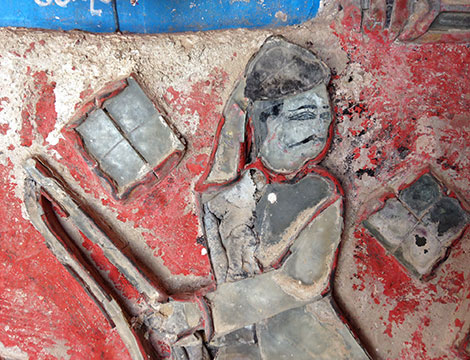
This article was originally published by the Institute for Defence Studies and Analyses (IDSA) on 20 April 2017.
April has been an eventful month geopolitically so far. President Trump carried out a much-trumpeted-about Tomahawk missile strike at the Syrian regime, held responsible by him for a nerve-agent attack on the village of Khan Sheikhoun in Idlib, a province largely held by rebels. Trump has changed his mind on China, which he previously accused as a ‘currency manipulator’. He has also changed his mind on ‘resetting’ relations with Putin and US-Russia relations are at their ‘lowest point’ in years. Trump has issued a harsh warning to North Korea to stop missile and nuclear tests. There are signals that Trump would scale up the US military engagement in Afghanistan. Trump has congratulated, with alacrity, Turkey’s President Erdogan on his referendum victory. Are all these developments related to one another?
Syria
On March 30, 2017, the US stated that it no longer wanted to topple President Basher al-Assad and would instead concentrate on defeating and destroying the Islamic State (IS). Assad, on life-support provided by Russia and Iran, must have heaved a sigh of relief. He might have thought that over time he could free himself from the life-support system and even recover the lost territory in full.




